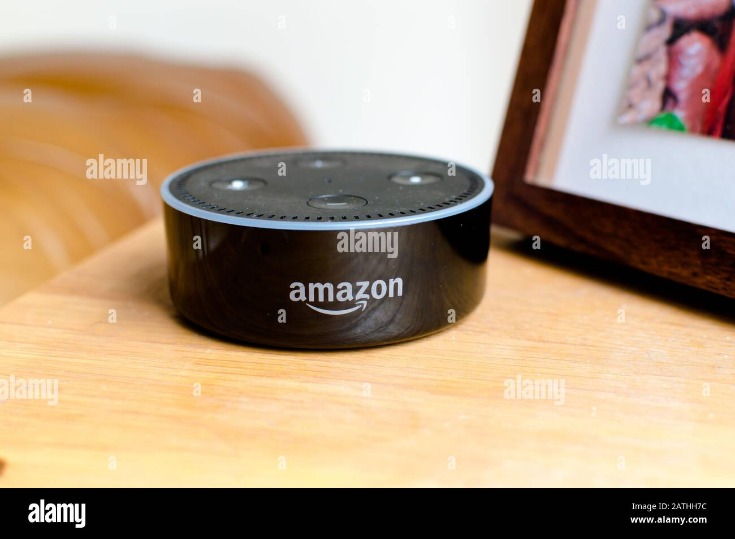This approach became vastly more effective with the rise of large data sets to train on. Deep learning, a subset of machine learning, is based on our understanding of how the brain is structured. Deep learning’s use of artificial neural network structure is the underpinning of recent advances in AI, including self-driving cars and ChatGPT.
For practical wearables and IoT implementations, we are working with weak AI, which studies a specific problem solving or reasoning tasks and does not attempt to simulate the full range of human cognitive abilities. There are AI applications that exhibit capabilities such as visual perception, speech recognition, and decision-making, but none at human levels. Read more about companion here. The chasm from stitching subsystems, bottom-up to fully intelligent machines is galaxies wide.
Moreover, from strategy development to designing an efficient IoT network with AI algorithms for advanced data analytics, our consultants will guide you through every step of the process. There is also the complexity of managing, processing, and analyzing huge volumes of real-time data generated by countless IoT sensors and devices. Scaling up an integrated AI and IoT system across an entire operation introduces a lot of technological complexity. The smart home ecosystem, valued at $79.16 billion in 2022, uses AI-powered IoT devices for residents to control appliances through smartphones. Connecting AI with smart sensors of buildings enhances safety by reducing fire and flooding risks.
How AI-Powered Wearables are Reshaping Health Care
While AI tools present a range of new functionality for businesses, the use of AI also raises ethical questions because, for better or worse, an AI system will reinforce what it has already learned. If you are not sure whether to or how to leverage the artificial intelligence of things for your organization, Contact us for a free consultation with our AIoT experts. While the applications of AIoT are many, the technology comes with its fair share of challenges. With AIoT reshaping industries, let’s explore how AIoT works, its applications with real-world examples, and how to implement it. Business Insider Intelligence’s 2022 report on AI in banking found more than half of financial services companies already use AI solutions for risk management and revenue generation.
Enhanced convenience and efficiency
By analyzing data and using logic to identify similarities to known malicious code, AI can provide alerts to new and emerging attacks much sooner than human employees and previous technology iterations. One of the older and best-known examples of NLP is spam detection, which looks at the subject line and text of an email and decides if it’s junk. When paired with AI technologies, automation tools can expand the volume and types of tasks performed. An example is robotic process automation (RPA), a type of software that automates repetitive, rules-based data processing tasks traditionally done by humans. When combined with machine learning and emerging AI tools, RPA can automate bigger portions of enterprise jobs, enabling RPA’s tactical bots to pass along intelligence from AI and respond to process changes.
As AI applications accelerate across many sectors, it is vital that we reimagine our educational institutions for a world where AI will be ubiquitous and students need a different kind of training than they currently receive. Right now, many students do not receive instruction in the kinds of skills that will be needed in an AI-dominated landscape. For example, there currently are shortages of data scientists, computer scientists, engineers, coders, and platform developers. These are skills that are in short supply; unless our educational system generates more people with these capabilities, it will limit AI development. There could be public-private data partnerships that combine government and business data sets to improve system performance. For example, cities could integrate information from ride-sharing services with its own material on social service locations, bus lines, mass transit, and highway congestion to improve transportation.
In conclusion, designing an AI circuit board requires specialized tools and techniques. EDA software, simulation software, and programming languages are essential tools for designing the board. High-speed design techniques, power integrity techniques, and thermal management techniques are important techniques to ensure the board can handle high-speed signals, power requirements, and operate at optimal temperatures.
What are the applications of AI?
Recently, a Swedish study found that AI is actually better at detecting breast cancer than radiologists. On UbiOps, Ellogon.AI is using AI on medical images to determine the need for immunotherapy in patients. You have probably already encountered some of these yourself; one of the more prominent applications of ML is the AI-powered virtual assistant.
In addition to AI’s fundamental role in operating autonomous vehicles, AI technologies are used in transportation to manage traffic, predict flight delays, and make ocean shipping safer and more efficient. In supply chains, AI is replacing traditional methods of forecasting demand and predicting disruptions, a trend accelerated by COVID-19 when many companies were caught off guard by the effects of a global pandemic on the supply and demand of goods.

Leave a Reply